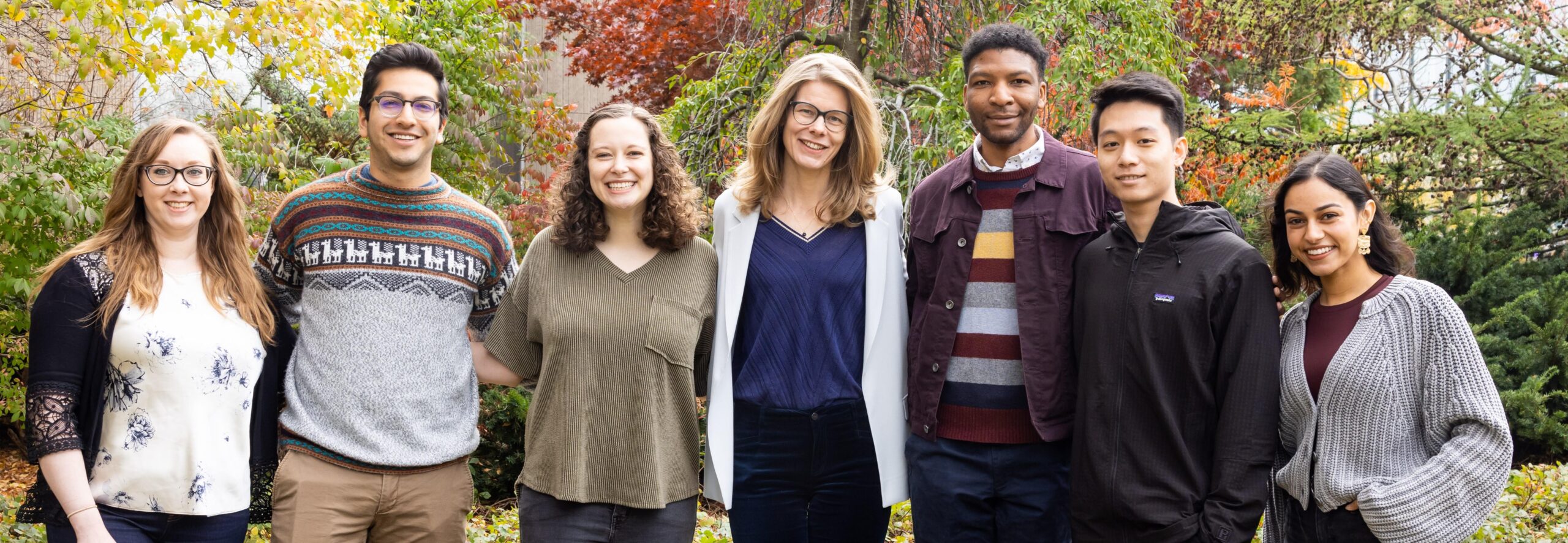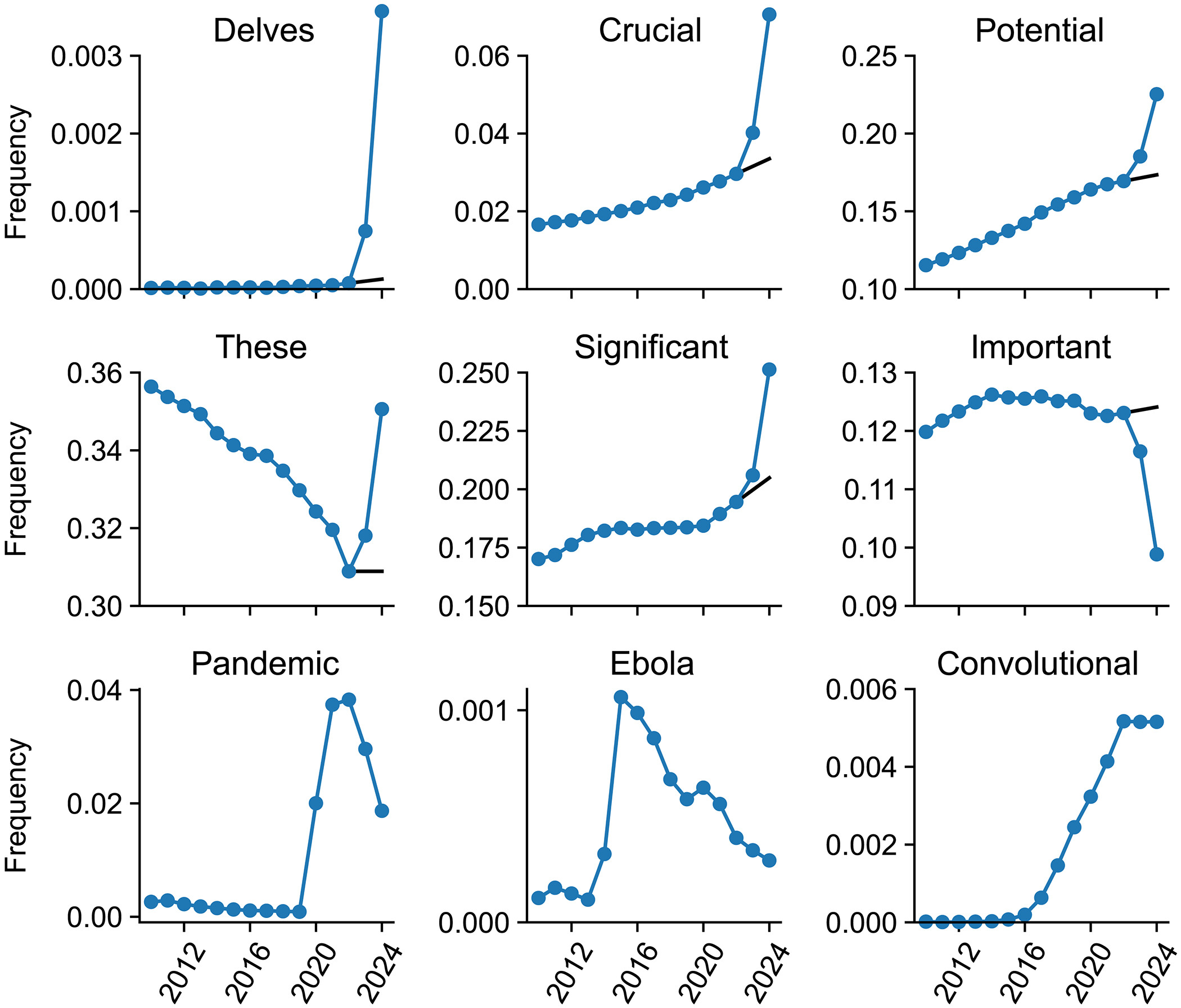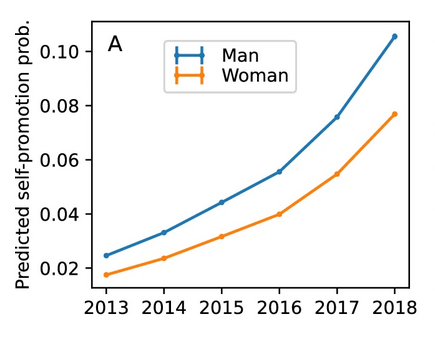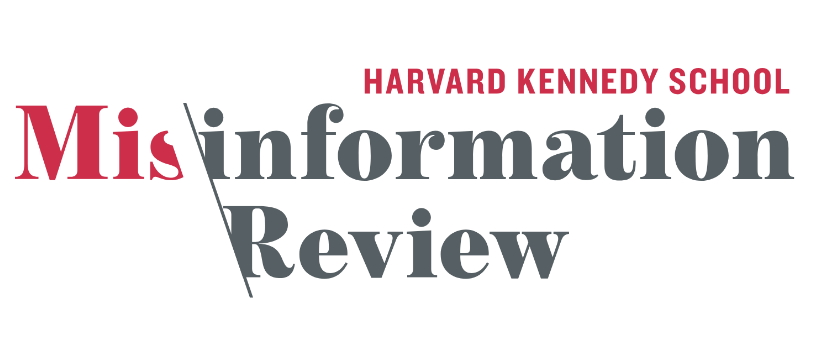
We are a multidisciplinary lab directed by Professor Ágnes Horvát of Northwestern University, researching online spaces as complex networks comprising people, algorithmic platforms, institutions, AI and policies. Our scholarship focuses on how online spaces operate and can be designed to be more efficient, egalitarian, and enabling for all.
News and Updates
- LINK welcomes new Ph.D. student Nick Ornstein to the lab!
- LINK welcomes Dr. Miriam Schirmer as a postdoctoral fellow! Miriam got her PhD from the Technical University of Munich in Computational Social Science.
- Congratulations to LINK-graduate Dr. Henry Dambanemuya for starting his faculty position at the University of Chicago!
- Ágnes Horvát serves as a guest editor for the Journal of Computer-Mediated Communication special issue, Gender Gaps in Digital Spaces, where she discusses how to quantify gender disparities and bias online.
- Katherine O’Toole and Emőke-Ágnes Horvát’s paper, Extending Human Creativity with AI, has been published in the Journal of Creativity‘s special issue, AI and Creativity.
Recent Work Spotlight
Delving into LLM-assisted writing in biomedical publications through excess vocabulary

Large language models (LLMs) like ChatGPT can generate and revise text with human-level performance, however these models come with clear limitations. In this paper, Ágnes Horvát and collaborators demonstrate that LLMs have had an unprecedented impact on scientific writing in biomedical research, surpassing the effect of major world events such as the COVID pandemic. This paper has received notable press coverage in The Economist, Nature, The New York Times, and Frankfurter Allgemeine Zeitung (FAZ).
The gender gap in scholarly self-promotion on social media

In this paper recently published in Nature Communications and covered by MSN and Psychology Today, Hao Peng, Misha Teplitskiy, Daniel M. Romero, and Ágnes Horvát present findings that reveal how scholarly self-promotion online varies meaningfully by gender and can contribute to a measurable gender gap in the visibility of scientific ideas.
Disparities by design: Toward a research agenda that links science misinformation and socioeconomic marginalization in the age of AI

In this commentary, Miriam Schirmer, Nathan Walter, and Ágnes Horvát draw attention to how socioeconomic disparities can often shape who is most vulnerable to science misinformation, and outline opportunities for future research to address this.
